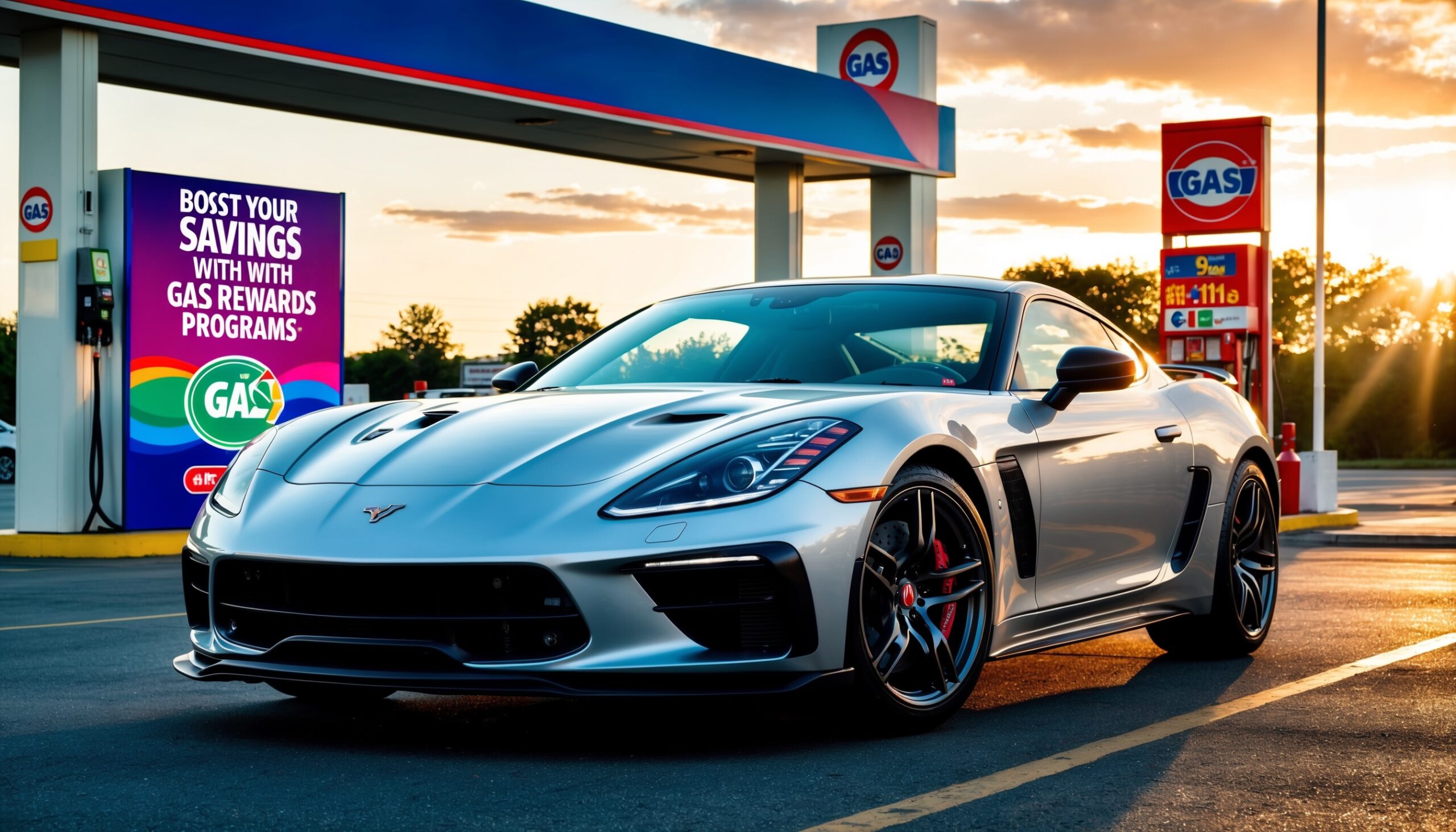Why F1 Teams Are Rushing to Finalise Their 2026 Cars “Much Earlier” Than Usual
The world of Formula 1 is a constantly evolving landscape, where technological advancements and strategic planning can make or break a season. As the teams gear up for the 2026 season, there’s a palpable sense of urgency in the air. For the first time in years, F1 teams are racing to finalize their 2026 cars significantly earlier than the traditional timelines. But what’s driving this rush? Let’s dive into the reasons behind this accelerated pace and explore what it means for the future of the sport.
The Shift in Regulations
One of the primary catalysts for this unusual urgency is the upcoming regulatory changes. The FIA has announced a new set of technical regulations aimed at improving sustainability and competitive balance. These changes include a shift towards hybrid power units that are more environmentally friendly, alongside a push for more cost-effective designs. The anticipation of these new rules has led teams to rethink their strategies and designs much earlier than in previous seasons.
- Power Unit Evolution: The 2026 season will see a significant change in the power unit formula, with a focus on increasing electrical energy usage and reducing carbon emissions.
- Chassis Revisions: Teams are also re-evaluating their chassis designs to accommodate the new power units and ensure optimal performance on the track.
- Cost Cap Considerations: With the cost cap firmly in place, teams are looking to maximize their budget, which means getting their designs right the first time.
Why Early Development Matters
In F1, every fraction of a second counts, and the early development of cars can lead to significant advantages on the track. Teams are now recognizing that starting their design processes earlier allows for ample time to test and refine their vehicles before the season kicks off.
Also Read: Why a switch to slower, smaller cars is reinvigorating the Macau Grand Prix
- Testing Opportunities: By finalizing designs earlier, teams can allocate more time for testing. This means they can gather valuable data, make adjustments, and ultimately improve performance.
- Strategic Flexibility: An early start provides teams with the flexibility to pivot their strategies based on testing outcomes and competitor performance.
- Building a Stronger Foundation: Early development allows teams to establish a stronger foundation for future innovations, setting the stage for long-term competitiveness.
The Role of Partnerships
In the world of F1, collaboration is key. Teams are increasingly forming partnerships with technology companies and engineering firms to push the boundaries of innovation. These collaborations are not just about building better cars; they also involve sharing knowledge and resources that can lead to groundbreaking advancements.
As teams rush to finalize their 2026 cars, partnerships with tech giants are becoming more integral. For example, collaborations focused on aerodynamics, materials science, and data analytics are allowing teams to leverage expertise that can enhance their vehicle performance. This shift underscores the importance of teamwork in a sport that thrives on precision and speed.
Fan Engagement and Market Trends
With a growing emphasis on fan engagement and sustainability, F1 teams are also mindful of market trends. The sport is increasingly aligning itself with global movements towards greener technologies and increased fan interaction. Finalizing their cars early allows teams to showcase their commitment to these trends, attracting new fans and sponsors in the process.
- Sustainable Technologies: As teams incorporate more sustainable technologies into their cars, they can promote these advancements to environmentally conscious fans.
- Enhanced Fan Experience: Early developments allow teams to create more engaging content, from behind-the-scenes videos to interactive experiences that keep fans invested.
- Attracting New Sponsors: Brands are more inclined to partner with teams that demonstrate a commitment to innovation and sustainability, making early planning crucial for financial support.
The Competitive Landscape
The competitive landscape in F1 has never been more intense. With the introduction of budget caps and a more level playing field, teams are aware that every advantage counts. This means that those who can adapt quickly and effectively to the new regulations stand to benefit immensely.
Teams that finalize their 2026 cars early will be better positioned to capitalize on any advantages gained during testing. They can also analyze competitor performance more closely, allowing for strategic adjustments ahead of the season. This competitive edge is especially crucial in a sport where milliseconds can determine race outcomes.
The Pressure of Expectations
As the 2026 season approaches, the pressure on teams to deliver is mounting. Fans and sponsors alike have high expectations for innovation and performance. Teams are responding to this pressure by ramping up their development cycles, ensuring they don’t fall behind in a rapidly evolving sport.
The stakes are high, and teams are keenly aware that failing to meet expectations could have lasting repercussions. Whether it’s securing a championship title or maintaining sponsor relationships, the urgency to get it right from the outset has never been more critical.
Also Read: Meet the Cadillac EV that costs more than a Rolls-Royce

New Talent and Innovations
The rush to finalize 2026 cars is not just about existing teams; it’s also creating opportunities for new talent in the sport. As teams look to innovate, they are scouting for fresh ideas and perspectives that can lead to breakthroughs in car design and performance.
- Recruiting Young Engineers: Many teams are investing in young engineers and designers who bring new ideas and a fresh approach to problem-solving.
- Encouraging Diversity: The push for diversity in motorsport is also driving teams to look beyond traditional talent pools, fostering a more inclusive environment that can fuel innovation.
- Adopting New Technologies: Teams are more willing to experiment with cutting-edge technologies, from advanced materials to AI-driven design processes.
The Importance of Simulation and Data Analysis
In today’s F1 landscape, simulation and data analysis play a crucial role in vehicle development. Teams are harnessing the power of advanced simulations to predict performance outcomes and assess various design scenarios long before physical prototypes are built. This capability allows them to finalize their 2026 cars with greater confidence and accuracy.
As teams rush to meet deadlines, the use of data analytics has never been more vital. By analyzing performance data from previous seasons, teams can identify areas for improvement and make informed decisions about their new designs. This data-driven approach is helping teams to stay competitive and innovate at a rapid pace.
Looking Ahead: The Future of F1
The rush to finalize 2026 cars is just the beginning of a new era for Formula 1. As teams embrace the challenges and opportunities that come with regulatory changes, we can expect to see a sport that is more exciting, competitive, and sustainable than ever before.
For car enthusiasts and F1 fans alike, this is a thrilling time. The next few seasons promise to showcase not just remarkable racing but also groundbreaking innovations that could redefine the future of motorsport. Here at Torque Feed, we’re excited to see how these developments unfold and what they mean for the sport we love.
Final Thoughts
The early rush to finalize 2026 cars reflects the dynamic nature of Formula 1 and the relentless pursuit of excellence. As teams navigate new regulations, market trends, and competitive pressures, their proactive approach sets the stage for an exciting future in motorsport. With each passing season, the thrill of F1 continues to captivate fans around the world— and we can’t wait to see what’s next!












